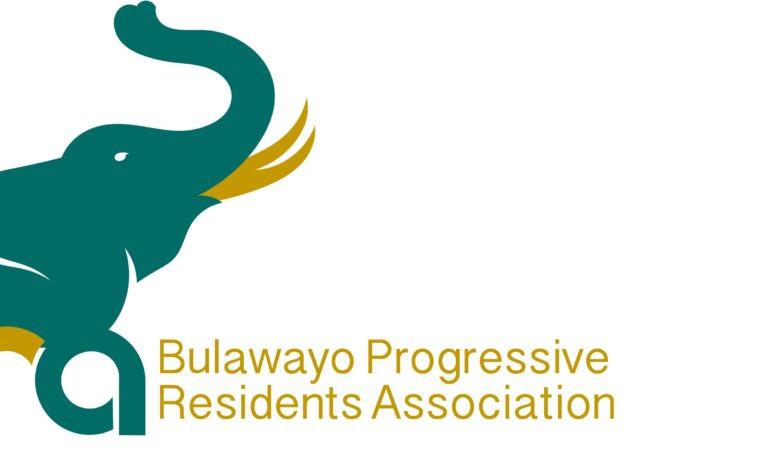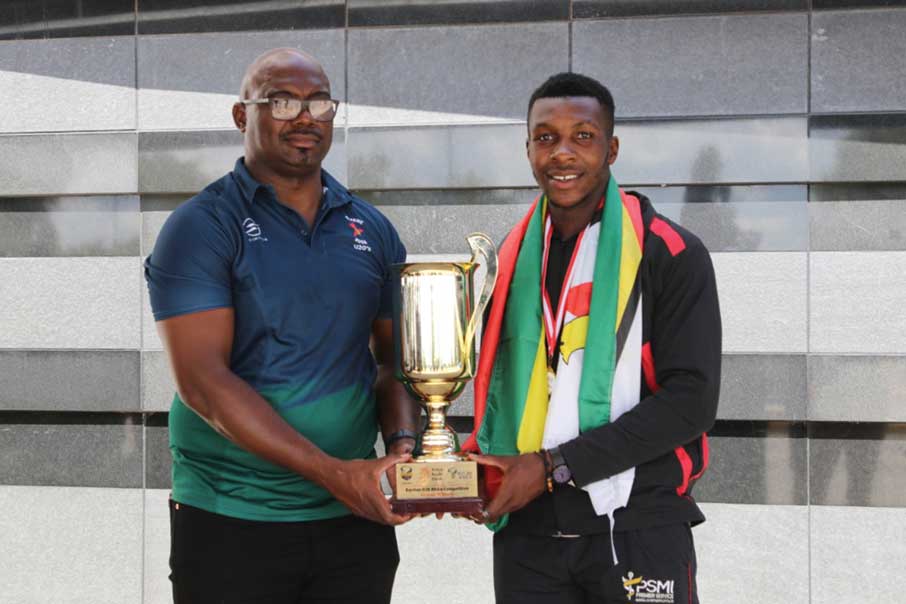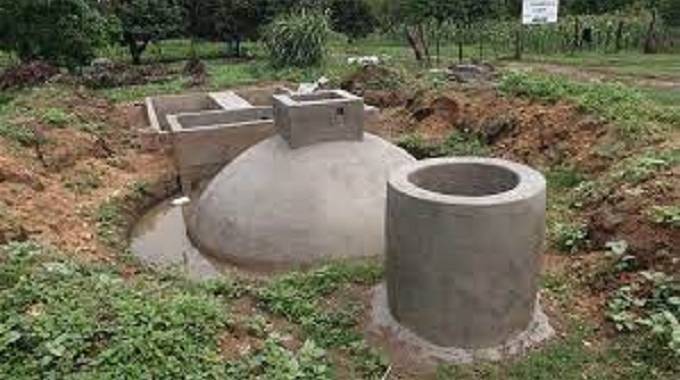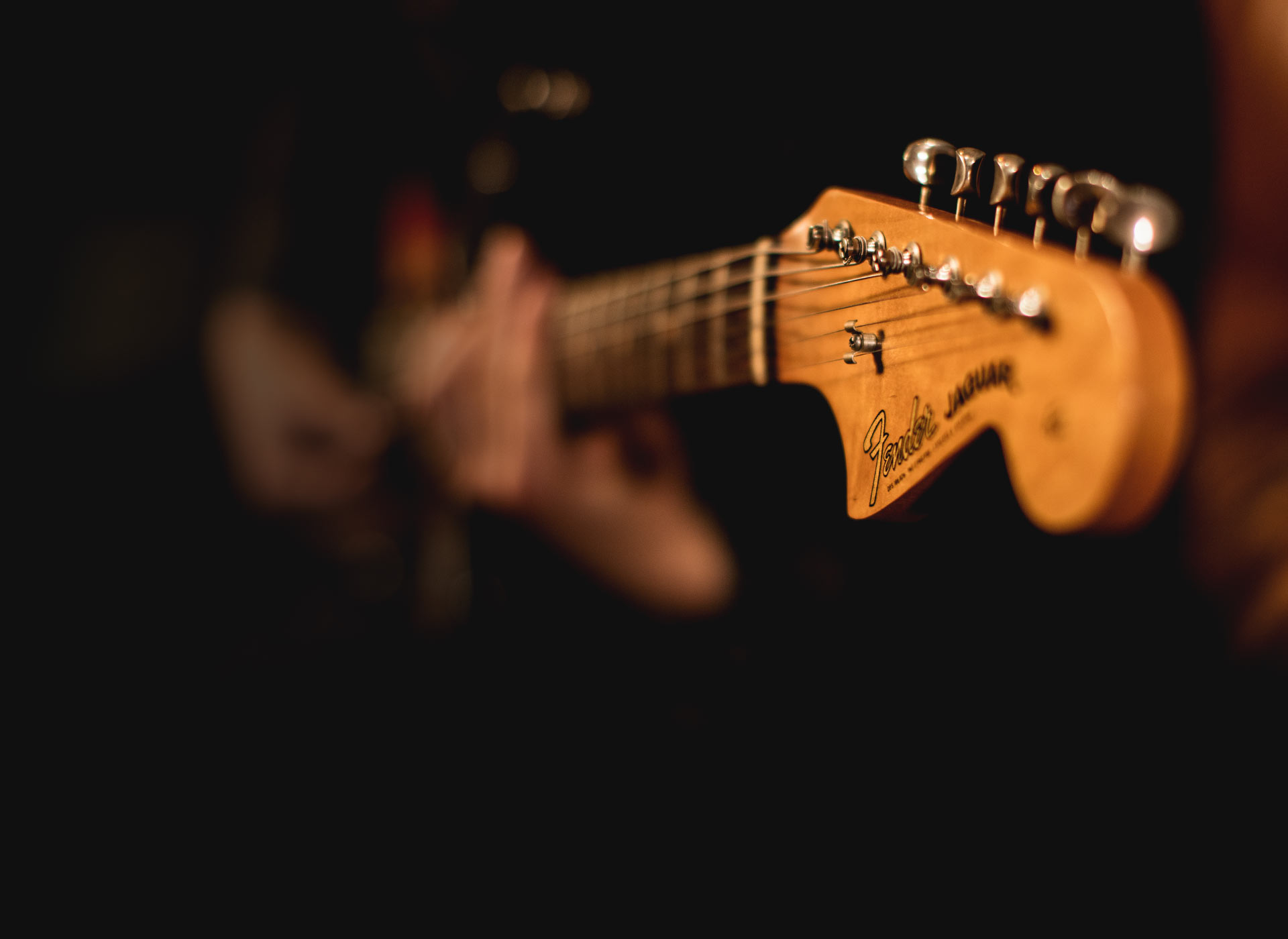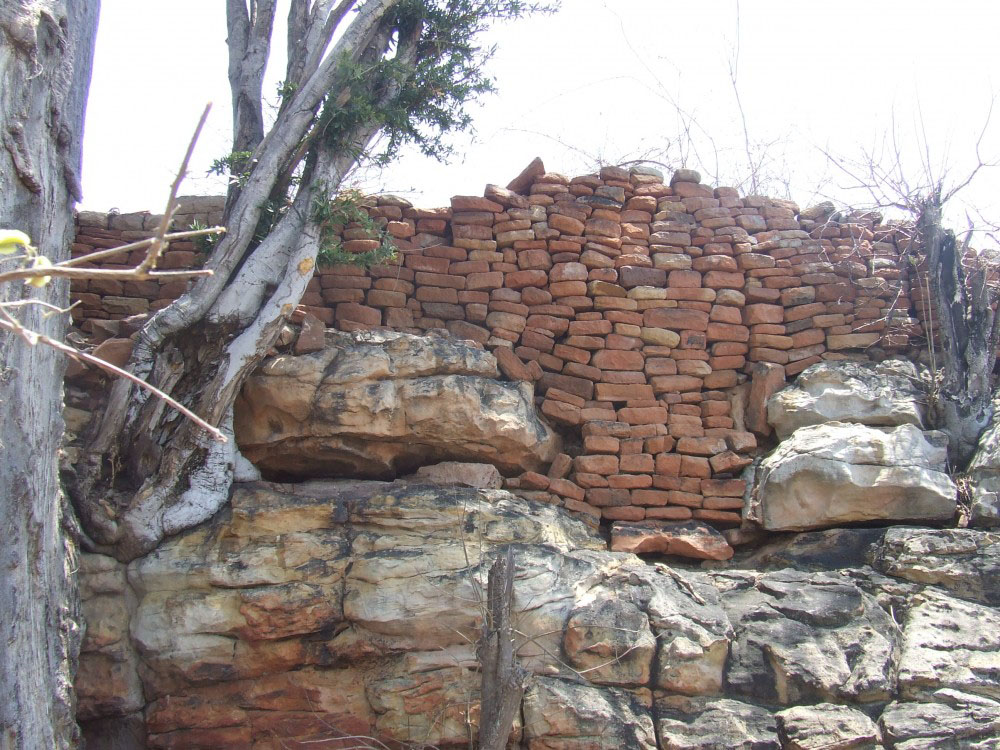
With Burzil Dube BUMBUSI monuments, situated within Hwange district are considered to be among the country’s major historical monuments and a must see for any archeological visitor. The massive stonework structure is said to have links to the esteemed Rozvi empire, which later gave birth to a Nambya kingdom.
The majority of Nambya clansmen are found in northwestern Zimbabwe, especially in and around the coal mining town of Hwange where they settled following their migration from Masvingo around the 17th century following infighting within the Rozvi dynasty.
It is not the basis of this week’s column, but the state of Nambya Community Museum which from the look of things seems to have also been ‘shelved’ by the powers that be due to a number of factors.
However, before delving into the Nambya Museum status, Yours Truly will provide an overview of how Bumbusi monuments came into being and its relationship with Great Zimbabwe monuments that is counted among world heritage sites.
According to written documentary evidence gleaned from a Nambya website, during the early 17th century Dendelende Sawanga who was one of the three sons of the Roźvi King broke away from his father to establish himself as an independent ruler.
Sawanga’s actions are said to have infuriated the king, who later gave strict orders that his son be captured and killed. But he managed to escape as he felt that his life was in danger.
Sawanga later moved further from his father, briefly stopping in several places and in the process strengthening kingship ties through intermarriage with local tribes, especially Tonga clansmen.
It is said he changed his name three times, from Dende to Sawanga and finally Whange which means to ‘clear and make peace’.
- Chamisa under fire over US$120K donation
- Mavhunga puts DeMbare into Chibuku quarterfinals
- Pension funds bet on Cabora Bassa oilfields
- Councils defy govt fire tender directive
Keep Reading
His followers, who were to be later known as the Nambya entered Leyac (Tonga) territory through Lower Gwayi settling in Bhale area between Gwayi, Nyatuwe and Lukosi rivers where some assimilation also took place.
They later built a stone walled enclosure atop a hill named Shangano, which is derived from the Nambya word ‘to meet’. The stonework structure became the first capital of Nambya people.
However, they later moved to Bumbusi area in the upper Deka River valley during the reign of King Shana Chazho around 1834 to 1860. The Bumbusi National Monument is a large site consisting of stone walls, boulders, platforms which are more or less similar to Great Zimbabwe monuments.
Its main structures date back from the eighteenth and nineteenth century.
Some excavations in 2000 revealed the floors of 18 original dwellings. It is listed in the Watch List of 100 Most Endangered Sites by the World Monuments Fund.
This is due to threats posed to sandstone walls by wild animals from the surrounding nature reserve. It is also at risk from mining activities, a few kilometers away. The monuments are located about 40km from Hwange town.
More information concerning Bumbusi Monuments was said to be readily available at the Nambya Community Museum to any interested visitor. At this depository institution, Yours Truly later embarked on a wild goose chase as far as this museum was concerned.
The imposing depository housed at a sports pavilion that was donated by Hwange Colliery in 2006, is home to a number of Nambya antiquities which may prove to be handy to CALA and other related studies.
However, it seems the edifice’s renovation is moving at a snail pace and in the process visitors are being kept at bay as there would be nothing to show as artifacts are currently under lock and key in a separate room awaiting completion of whole interior process.
The immaculate ceiling is yet to be completed; all windows are in dire need of anti burglar (read baboons) security measures as evidenced by a sliding glass door that was extensively damaged by baboons. With the fire season upon us, the dry grass outside the building also needs removal as a matter of urgency.
The National Museums and Monuments of Zimbabwe (NMMZ) are the custodians of this museum where locals have also chosen members of local advisory board whose mandate is ensuring that the dream of Nambya museum continues to be reality for both visitors and future generations.
Hwange district recently witnessed a proliferation of various companies, who seem oblivious to existence of such a museum or they could be at sea as far as playing ball is concerned.
Time is nigh for these organisations to also plough back to the community through corporate social responsibility initiatives and this calls for collective effort from both the advisory board and NMMZ even though Yours Truly believes the buck stops with the former.
If one company donated a building what can stop others from providing material such as ceiling, anti-burglar equipment among others to this worthy cause?
Yours Truly is yet to shoot from the hip and the next few months would be critical if this particular museum is to be a success story.
Till we meet again in the next column.
- Comments always welcome on: [email protected] or Twitter@DubeBurzil

